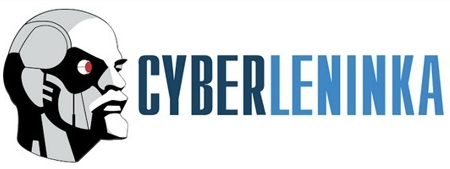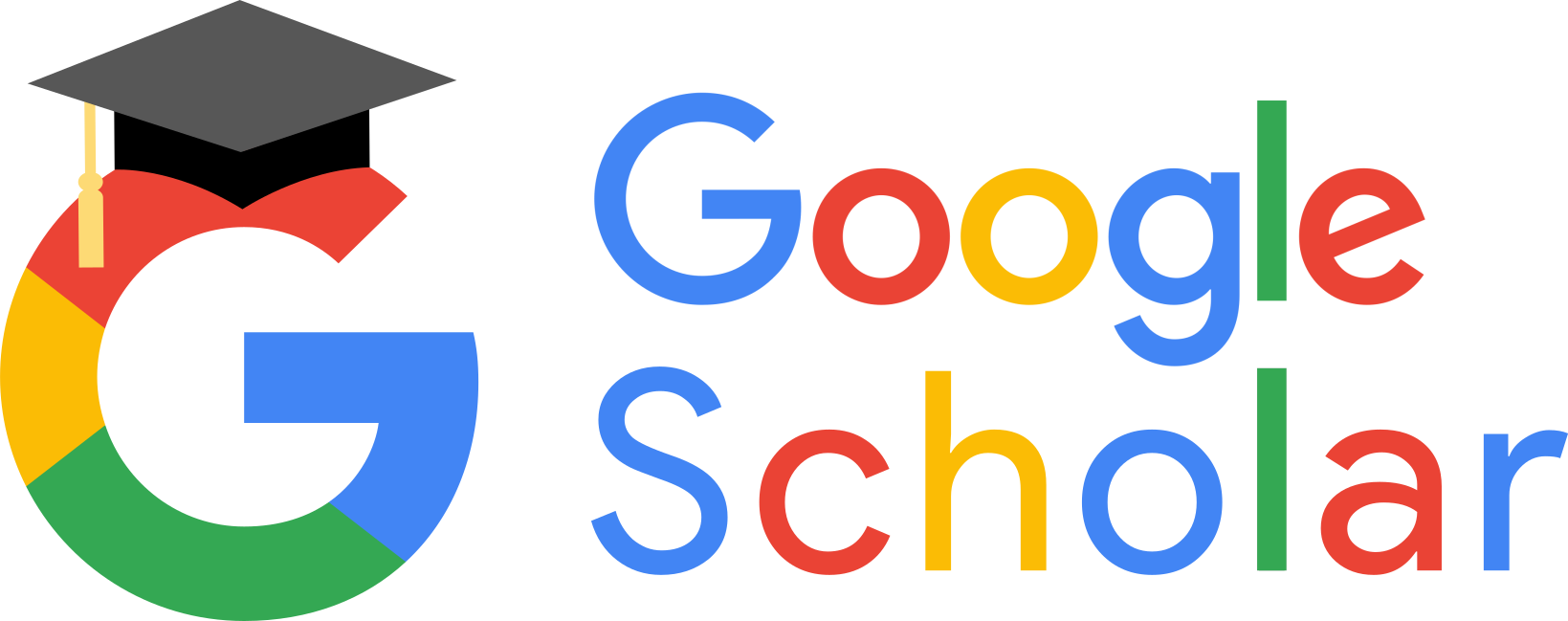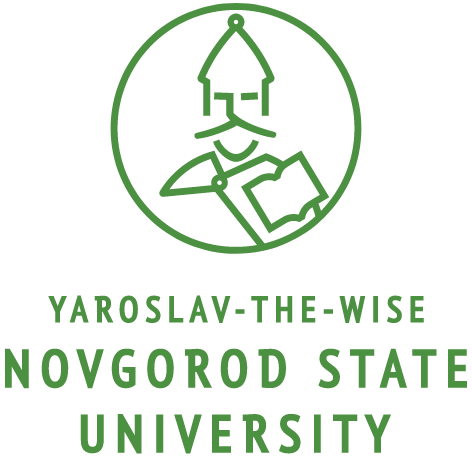Requirements for the content, volume and formatting of articles
Download requirements as a single file
The selection criteria for articles accepted for publication are:
- relevance of the topic;
- theoretical and practical significance of the presented results;
- high scientific level of the publication;
- novelty of the concept, originality of the approach;
- structural and compositional completeness of the text.
Materials are accepted in Russian, English, German, Belarusian, Bulgarian, Polish, Serbian, Ukrainian, Croatian languages.
Articles are sent in electronic form as .DOCX or .DOC files.
File name: author's surname + underscore + number of characters rounded up to hundreds, for example, Ivanov_23100.docx.
The volume of articles accepted for publication is from 30,000 to 40,000 characters, including spaces (from 0.5 to 1 author’s sheet).
Double blind peer review is applied.
Formatting requirements for text
Paper size: А4.
Orientation: Portrait
Margins: left – 3 cm, the rest – 2 cm.
Font: Times New Roman.
Size: 14 (main text) and 12 (metadata and references).
Alignment: justified.
Paragraph indent: 1.25 pt.
Line spacing: 1.5 pt.
Spacing between paragraphs: 0pt (one does not need to increase the spacing or leave blank lines between paragraphs).
В русскоязычных текстах кавычки только угловые («…»), кроме двух случаев:
In Russian-language texts, quotation marks are only angular («…»), except for two cases:
quotation of a word written in Latin letters: “Abcdef”, but «Абвгд»;
quotation marks inside quotation marks: «Абвгд абвгд “ абвгд ” абвгд».
The text of the article should be as follows
For publications in Russian:
heading complex in Russian,
main text,
list of references in Russian (heading «Литература»),
information about the author in Russian,
heading complex in English without UDC code,
list of references in English (heading “References”),
information about the author in English.
For publications in English, the order of the parts changes:
heading complex in English,
main text,
list of references in English (heading “References”),
information about the author in English,
heading complex in Russian without UDC code,
information about the author in Russian.
Detailed description of each text element
Heading complex:
UDC identifier (UDC for articles in English).
The classifier can be found at http://www.udcsummary.info
empty line,
article title – bold, 14 point size,
empty line,
the author's initials and surname – italics, size 14,
- the name of the author in all cases (in the content of the issue, on the imprint, in the information about the authors) must be written the same in all languages,
empty line,
place of employment of the author,
the address of the author’s place of employment: country, city, street, house number for the title complex in Russian or in accordance with the European standard (house number, street, city, country). If the address of the department in which the author works differs from the address of the organization, one must specify the address of the department,
empty line,
abstract in one paragraph. The volume of the abstract is 200 – 250 words for the annotation in Russian and 250 – 300 words for the annotation in English,
- the abstract does not allow paragraph division, as well as numbered or bulleted lists and bibliographic references,
- it is undesirable to use abbreviations (except for well-known ones) and formulas,
empty line,
no more than five keywords. Subheading «Ключевые слова» or "Keywords" – in italics. Keywords are given in their initial form,
- quotation marks are not allowed in keywords (instead of quotation marks, the word can be italicized),
- there should be no complex phrases and phrases, abbreviations, formulas among the keywords.
Main text
Includes the following sections:
Problem Statement,
Background of the Problem,
Methodology and Research Methods,
Material Analysis,
Research Results,
Conclusions (at least 2 paragraphs).
Sections should be titled with the words given.
Within the main text, italics are used only to highlight textual examples. Key points or semantic accents can be highlighted in bold. Don't put hyphens (“-”) instead of dashes. An en dash (“–”) is used (typed by pressing Ctrl + “-” on the numeric keypad). Non-breaking spaces are used if necessary (Ctrl + Shift + Space). Lists in the text of the article are drawn up strictly in accordance with punctuation norms. If necessary, one can use only paged (non-textual) footnotes.
Formatting links and sections «Литература» and “References”
In the text, only inline links are used, formatted according to the following standard: [Surname, year, p.], for example: [Morrison, 2007, p. 57]. When referencing multiple works by the same author in the same year, letters must be used to identify the references [Bromberg, 2008a], [Bromberg, 2008b].
The list of references can only include sources that are referenced in the text!
The list of references should contain at least 15 sources, among which publications indexed in Scopus and WoS, including works by foreign authors, are welcome. No more than two references to the works of the authors of this article are allowed.
References are sorted alphabetically by the names of the authors. For sources without an author, the title is used.
The section «Литература» (“References”) is drawn up in accordance with the APA standard. Examples are given below.
size 12, heading "References" («Литература») in bold,
only the necessary elements of the bibliographic description are indicated, the volume in pages does not need to be indicated,
the title of a book or a journal in the list of references is in italics,
sequence of elements of the bibliographic description in the international APA format: Иванов, В. В. (2004). Лингвистика третьего тысячелетия: Вопросы к будущему. М.
links to electronic sources are formatted as follows: Иванов, И. И. (1998). К основаниям когнитивной риторики массмедиа. Электронный ресурс http://www.ivanov.ru/articles/cogn_123456.pdf It is necessary to check the links before sending the article to the editor;
references to dissertation abstracts and educational literature should be avoided.
In the “References” section, the bibliography is duplicated in English with transliteration of the names written in Cyrillic in accordance with the transliteration rules in the Library of Congress system, available at the link: https://translit.net/ru/lc/
In the event that the source is published in a language that uses a writing system not based on the Latin alphabet (Cyrillic, hieroglyphs, etc.), an indication of the publication language is added at the end: (In Russian), (In Chinese). In other cases, the language is not indicated.
Transliteration of links to articles from journals, collections and conference materials.
- transliteration of the names of authors, translation of the title of the article, transliteration of the name of the journal/collection/works. It is allowed not to apply the transliteration rules to the author's surname, if the author insists on the transliteration of his surname adopted by them and used in all their articles;
- letter designations of the output data (volume, number, pages) should be represented by abbreviations of English words (vol., no., pp.);
- only the name of the publisher is transliterated, the word "publisher" is written in abbreviation in English (for example, NaukaPubl.).
Transliteration of book references.
- transliteration of the names of the authors, translation of the book title;
- other rules are the same as for the articles.
It is desirable to indicate the DOI of the articles if possible.
Information about the author(s)
Authors’ contact information in Russian includes last name, first name, patronymic, em dash, academic degree, academic rank, E-mail. Subtitle “Контактная информация”.
Authors’ contact information in English includes name, initial of the patronymic, surname, em dash, academic degree, academic title, e-mail. Subtitle “Author’s information”.
Abbreviations of academic degrees and titles:
д-р / канд. филол. наук
д-р / канд. искусствоведения
д-р / канд. ист. наук
проф.
доц.
PhD
Dr. Sci. in Philology
Professor
Associate Professor (доцент)
* * *
The editors reserve the right to reject the material if its formatting does not meet the requirements described above.
Below is a sample of the formatted material.
Please pay attention to the use of italics, the presence of required elements in the description and the transliteration of the titles written in Cyrillic.
УДК 81'42
Заглавие работы на русском языке
А. А. Александрова, И. И. Иванов
Энский государственный университет,
Российская Федерация, Энск, пр. Ленина, 14
В статье рассматриваются… There should be an abstract in Russian of 200-250 words (without the word "Abstract" at the beginning).
Ключевые слова: слово, слово, слово, слово, слово. No more than 5 keywords.
Постановка проблемы. [Problem Statement]. The main text is Times New Roman 14, justified.
История вопроса. [Background of the Problem]. The main text is Times New Roman 14, justified.
Методология и методика анализа. [Methodology and Research Methods]. Times New Roman 14, justified.
Анализ материала. [Material Analysis]. Times New Roman 14, justified. If the text contains speech examples, they must be italicized (the fragments of the example that you want to draw attention to are highlighted in bold), while semantic accents, if necessary, can be highlighted in a sparse font [Duskaeva, Tsvetova, 2012, p. 114]
Выводы. [Conclusions]. Подводя итоги разговора о стилистике журналистского жанра статьи, отметим, что… [Сидоров, 2010, с. 49]. [Summing up the conversation about the stylistics of the journalistic genre of the article, we note that ... [Sidorov, 2010, p. 49].
Литература
Дускаева, Л. Р., Цветова, Н. С. (Ред.). (2012). Журналистика сферы досуга. Санкт-Петербург, Высш. школа журн. и мас. коммуникаций
Журнал «Медиалингвистика» [Web-страница]. (б.д). Электронный ресурс https://medialing.ru/. (для web-страницы без даты и без автора)
Золотухин, Д. С. (2016). Терминологическая триада «langue-langage-parole» Фердинанда де Соссюра в работах разной степени аутентичности. Преподаватель: ХХI век, 3(2), 329-334
Иванов, И. И. (1998). К основаниям когнитивной риторики массмедиа. Электронный ресурс http://www.ivanov.ru/articles/cogn_123456.pdf
Петрова, П. П. (2017). Жанровые трансформации в современной монгольской медиасфере. Жанры речи, 5(2), 21-29
Gomez, D. B. (2006). A timeline of English literature. Электронный ресурс http://www.historyinanutshell.com/englishliterature.html
Malinowski, B. (1923). The problem of meaning in primitive languages. In C.K. Ogden & I.A. Richards (Eds.), The meaning of meaning (pp. 296–336). NewYork: Harcourt. Brace&World
Контактная информация:
Александрова Александра Александровна – канд. филол. наук, доц.; aaalexandrova@google.com
Внимание! Просим строго соблюдать эту форму!
Иванов Иван Иванович – д-р филол. наук, проф.; iiivanov@mail.ru
Title of the paper in English
A. Alexandrova, I. I. Ivanov
Ensk State University,
14, pr. Lenina, Ensk, Russian Federation
The article is devoted to… There must be an abstract in English of at least 200 and no more than 300 words (without the word “Abstract” at the beginning). Please note: in English media linguistics, media text, etc. must be written separately!
Keywords: keyword, keyword, keyword. No more than 5 keywords.
References
Duskaeva, L. R., & Tsvetova, N. S. (Eds.). (2012). Entertainment journalism. Saint-Petersburg, High school of journalism and mass communication. (In Russian)
Gomez, D. B. (2006). A timeline of English literature. Retrieved from http://www.historyinanutshell.com/englishliterature.html
Ivanov, I. I. (1998).On the foundations of cognitive mass media rhetorics. Retrieved from http://www.ivanov.ru/articles/cogn_123456.pdf (In Russian)
Malinowski, B. (1923). The problem of meaning in primitive languages. The meaning of meaning, 296-336
Malinowski, B. (1923). The problem of meaning in primitive languages. In C.K. Ogden,& I.A. Richards (Eds.), The meaning of meaning (pp. 296–336). New York: Harcourt. Brace & World
Petrova, P. P. (2017). Genre transformations in contemporary Mongolian media sphere. Zhanry rechi, 5(2), 21-29 (In Russian)
The Journal "Media Linguistics" [Web page]. (n.d.). Retrieved from https://medialing.ru/eng/
Zolotukhin, D. S. (2016). The terminological triangle of “langue-langage-parole” by Ferdinand de Saussure in works of varying degrees of authenticity. Prepodavatel': XXI vek, 3(2), 329-334
Author’s information:
Aleksandra A. Aleksandrova – PhD, Associate Professor; aaalexandrova@google.com
Attention! Please follow this form strictly!
IvanI. Ivanov – Dr. Sci. in Philology, Professor; iiivanov@mail.ru







